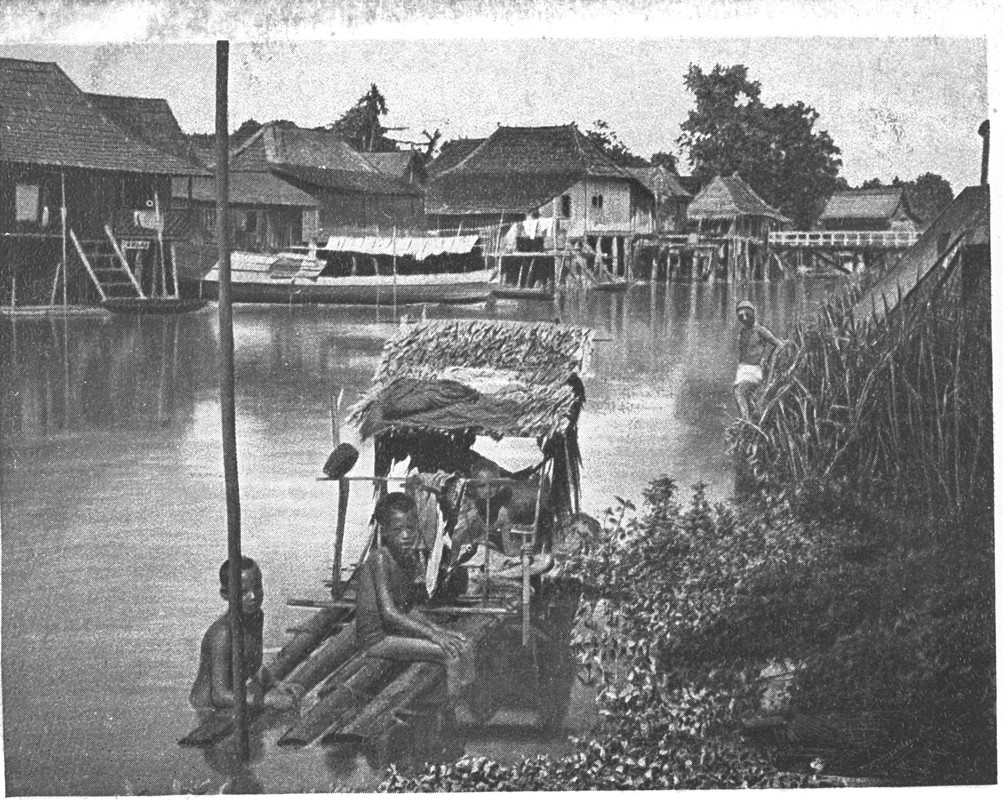新加坡潮州社群的教育事业
19世纪末的新加坡,潮州社群迅速壮大,在商业上崭露头角。因经商需具一定的知识、记账与书写能力,新加坡潮州人开始意识到让下一代接受教育的迫切需要。然而,当时英国殖民政府的教育政策只着重培养极少数本地人充当文员,对华文教育漠不关心。1898年中国戊戌变法后,海外华侨受维新思潮影响,开始在侨居地集资创办新式学堂。
端蒙学校
1906年端蒙学堂之开办,是新加坡潮州人创校之先声。第二次世界大战前后,潮州社群已有植哲、擎青、醒华、陶蒙、陶英、洛英、文选、树人、培英、培道、华农、辅女、广德、励新、南强、中国公学、南洋商科学校、同敬、南安、朝阳、义安女校(今义安小学)等多所私立或由宗乡社团、善堂主办或赞助的学校,潮州人信托机构义安公司扮演了最主要的角色。这些学校规模不一,但在行政和教学上有严密的组织和系统,对不同籍贯的贫寒学生一视同仁,无分畛域地资助他们的学费。

义安女校与义安学院
1940年建立的义安女校和1963年创办的义安学院,是新加坡潮州人教育事业的里程碑。前者为当时潮州社群在马来亚所主办的唯一女校,它的创立反映了当时潮籍领袖摒弃重男轻女的落伍观念,展现一种男女平等的思想和高瞻远嘱的精神去培育下一代。后者则是当时潮州人在海外创建的唯一高等学府,旨在培养科技与商科人才,以应社会经济发展之需,至今已发展为一所广为人知的理工科大专学府,更名义安理工学院。

新加坡潮州社群的教育事业与中国和在地的政治与社会密切互动,且经历若干次的转型。辛亥革命后,原以潮语教学、师生皆以潮州人为主的学校,转型为深受中国民族主义影响的华侨学校。这种转型表现在教育的性质、学制和课程的编排、教材和媒介语的采用等方面。
转型为政府学校
二战后,受本地政治与社会变迁的催化,潮州人学校步向本土化,逐步融入当地的教育体系,着重培养学生对当地的认同和效忠,强调两种语言教学,成为“政府辅助”的华校,行政权力转移至教育部。
新加坡建国后,因市区重建,学校附近的居民纷纷迁至新组屋区,使许多潮州人学校生源短缺而停办。1970年代以后,母语逐步转为第二语文教学,以华文为主要教学媒介语的华校在1987年走入历史,学校不再有语文源流之分。潮州人学校被纳入国家教育体系,最终转型为新加坡政府学校。
现今潮州社群创办的学校多已不复存在,尽管有一些政府学校沿用潮州人学校的校名。然而,义安公司仍然定期资助义安小学、义安中学和义安理工学院,并从1998年开始设立专门机构,与外国大学联办学位课程。一些潮州人社团也不定期主办各领域的进修课程。面对社会变迁所带来的挑战,潮州社群积极作出相应的调适,以新方式融入和继续贡献国家的教育建设。
李志贤、李秀萍,〈新加坡潮人社团及其教育事业——历史的回顾〉。收入李志贤编《海外潮人的移民经验》,页128-167。新加坡:八方文化企业公司,2003。 | |
李谷僧编,《新加坡端蒙学校五十周纪念刊》。新加坡:端蒙学校,1956。 | |
陈澄子,《义安公司:跨入另一个千禧年》。新加坡,义安公司,2005。 | |
潘醒农,《马来亚潮侨通鉴》。新加坡,南岛出版社,1950。 |










